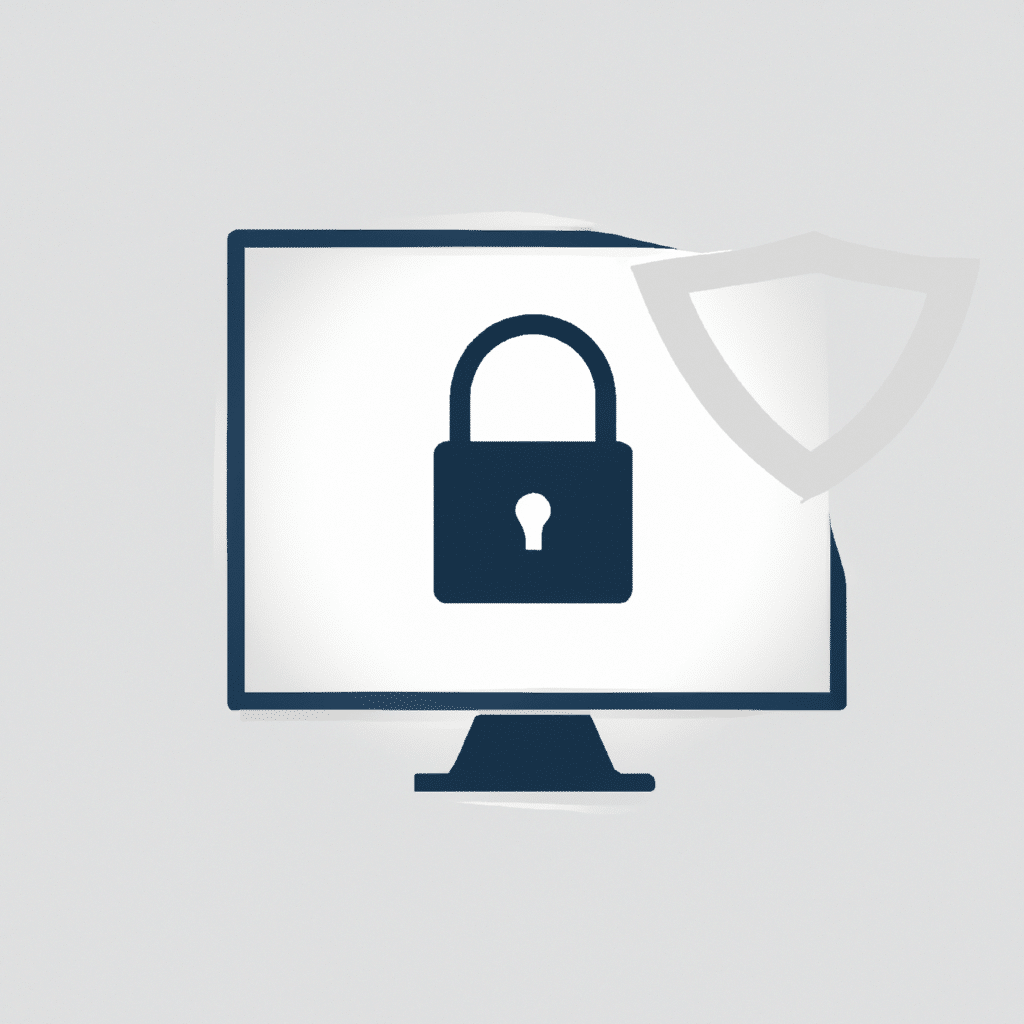How to Secure Your Online Transactions from Malware Attacks
In today’s digital age, online transactions have become much more common than ever before. With the rise of e-commerce, financial transactions, and online banking, it’s essential to keep your online transactions secure from malware attacks. Malware attacks are malicious programs designed by cybercriminals to steal personal and financial information from unsuspecting individuals. In this article, we’ll share some tips on how to secure your online transactions from malware attacks.

Understanding Malware Attacks
Malware attacks come in many forms, including viruses, worms, Trojans, and spyware. These malicious programs can infect your computer or mobile device through infected emails, malicious websites, or downloading infected software. Once malware infects your device, it can steal sensitive personal information, such as passwords, credit card information, and other financial data.
Install Antivirus Software
One of the most important steps to protect your online transactions is to install reliable antivirus software. Antivirus software can detect and remove malware infections, protecting your device from further attacks. When selecting antivirus software, choose one with real-time scanning, automatic updates, and a firewall to provide maximum protection.
Keep Your Software Up to Date
Keeping your software up to date is another crucial step to protect your online transactions. Cybercriminals often exploit vulnerabilities in outdated software to infect your device with malware. Make sure to install software updates regularly, especially for your operating system, browser, and other applications.
Use Strong Passwords
Using strong passwords is essential to secure your online transactions. Weak passwords can be easily cracked by cybercriminals, giving them access to your personal and financial information. Use a combination of upper and lower case letters, numbers, and symbols to create a strong password. Also, avoid using the same password for multiple accounts.
Use Two-Factor Authentication
Two-factor authentication is an additional security layer that requires you to provide two forms of identification to access your account. It’s an effective way to prevent unauthorized access to your account, even if cybercriminals have your password. Many online services, such as banks and email providers, offer two-factor authentication. Make sure to enable this feature whenever possible.
Be Careful with Email Attachments
Email attachments are a common method used by cybercriminals to spread malware. Avoid opening attachments from unknown senders, and never download files from suspicious emails. Also, be wary of emails that ask you to provide personal or financial information. Legitimate companies will never ask you to provide sensitive information via email.
Use a Virtual Private Network (VPN)
A Virtual Private Network (VPN) is an excellent way to secure your online transactions. A VPN encrypts your internet connection, making it impossible for cybercriminals to intercept your data. It’s especially useful when using public Wi-Fi networks, which are often unsecured and vulnerable to cyber attacks.
Conclusion
Online transactions are an essential part of our daily lives, and it’s crucial to keep them secure from malware attacks. By following these tips, you can protect your personal and financial information from cybercriminals. Remember to install reliable antivirus software, keep your software up to date, use strong passwords, enable two-factor authentication, be careful with email attachments, and use a Virtual Private Network (VPN) to encrypt your data. Stay safe and secure online!












